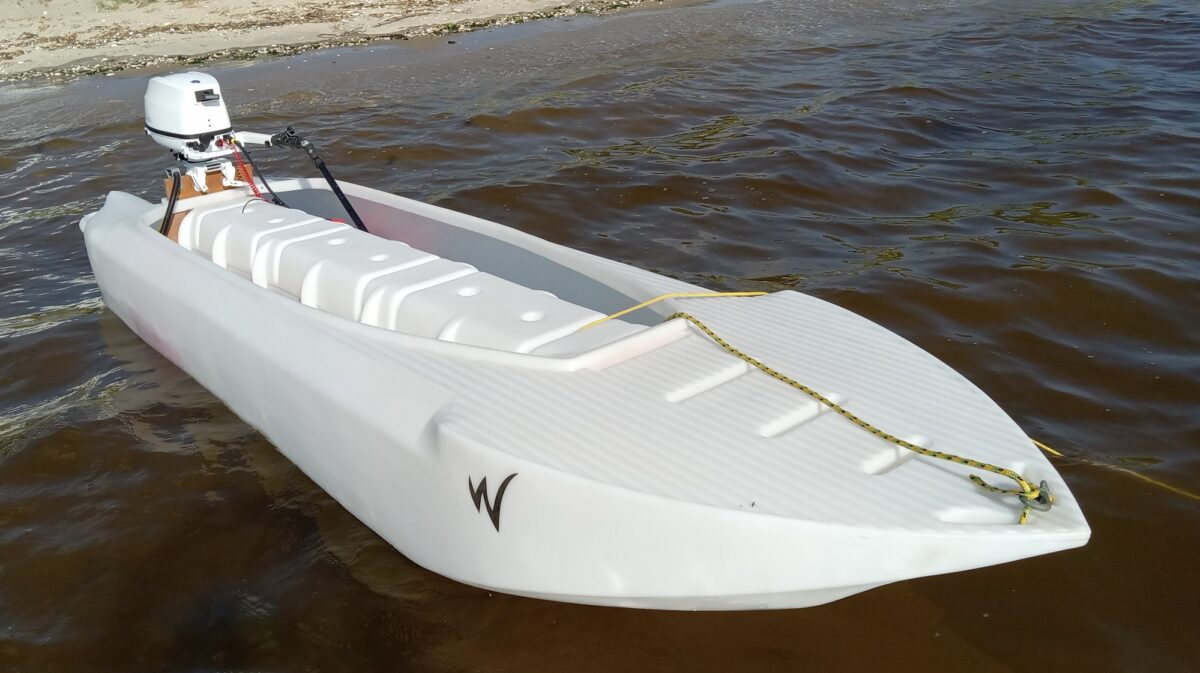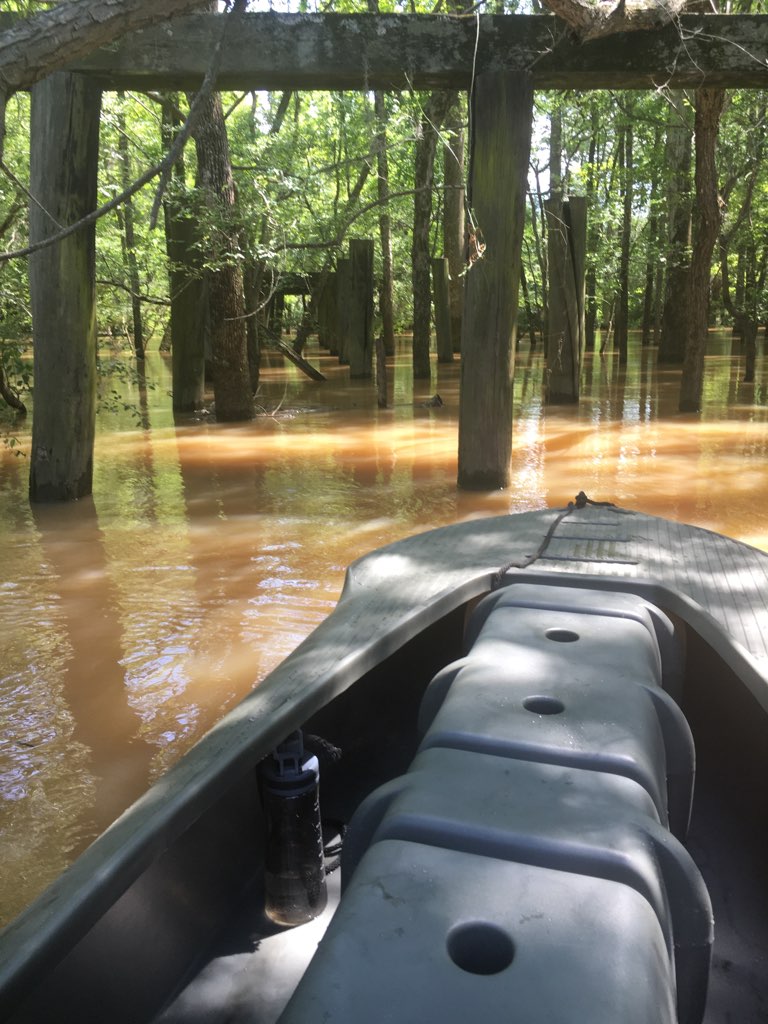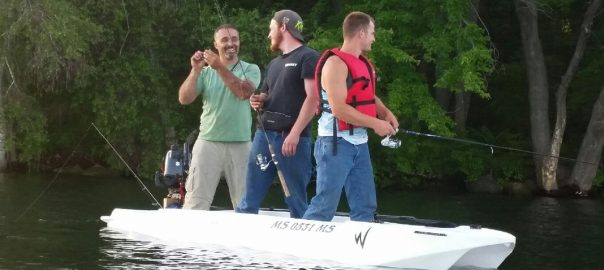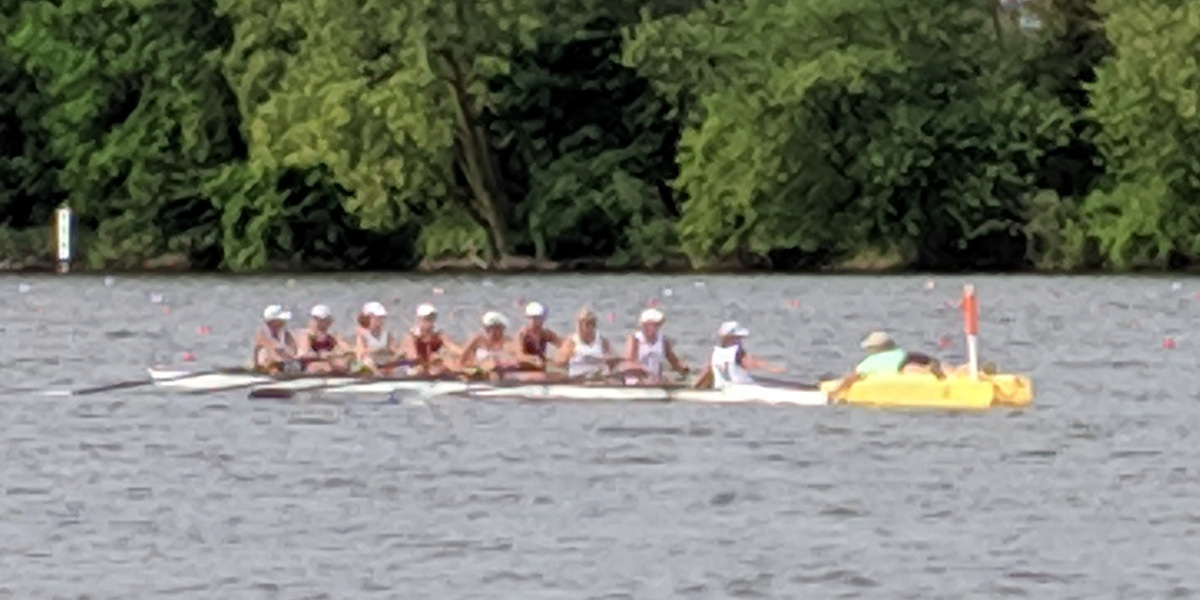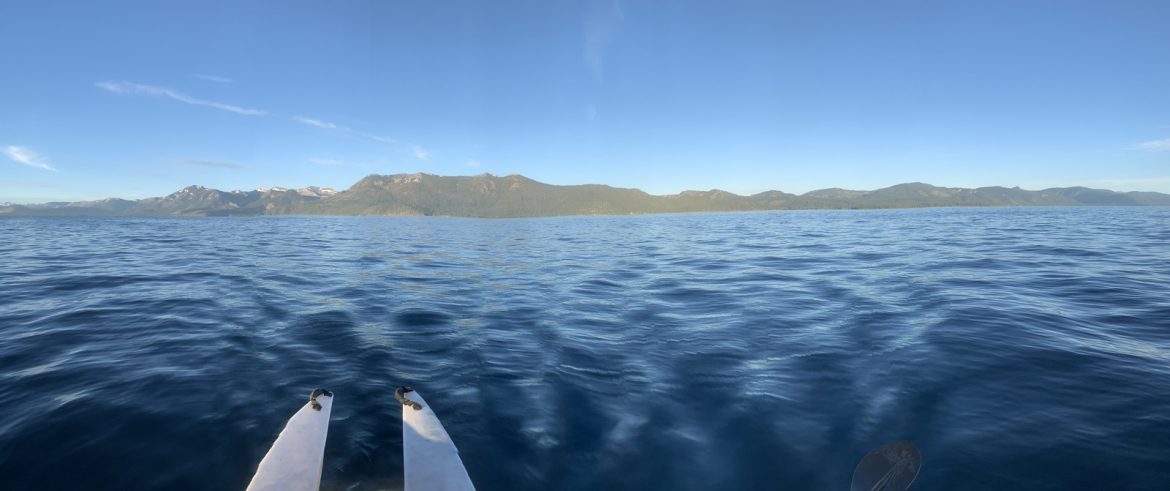Jon boat vs the Wavewalk S4 – Can you even compare them?
Job boats are a family of boats that range greatly in size, stability, load capacity, speed, etc, while the Wavewalk S4 is one boat. So how are they comparable to begin with?
The answer is that it depends – Comparing the S4 to an 8ft wide, 24ft long Job boat is rather pointless, unless you talk about seaworthiness, since the S4 is probably more seaworthy. Other than this, the large size Job boat would be more stable and faster, and have a much bigger load capacity.
In other words, if you need to go in rough water, an S4 is probably a better choice, and the same is true for skinny (extremely shallow) water, since the S4 drafts less, and you can paddle it if needed, or pole it, and if the water gets too shallow, such as at low tide, you just get out of it and pull it until you reach deep enough water. This is to say that you can’t get stranded in an S4, while it’s quite possible that you would in a big Job boat.
Also, the nimble S4 is more suitable for moving in areas with thick vegetation, such as flooded woods.
But this is a bit of a stretch in terms of a realistic comparison, and it would be more useful to compare the S4 to medium size and small Job boats, namely Job boats designed to carry up to two passengers, and go at low to moderate speeds.
When compared to medium size Jon boats, the main weakness of the S4 is its humble load capacity: 600 lbs of payload is a huge number in the kayak world, and it’s even good in comparison to small, 10ft to 14ft long Jon boats, but a typical 16ft Jon boat can take a payload of over 1,000 lbs, and this makes a significant difference.
Other than this, the S4 is rather limited in the power of the motor that it can take. A 10HP outboard is close to the limit of its capacity, and this is a rather small motor for a medium size Jon boat, let alone a big one. In other words, medium sized and big Jon boats are potentially faster than the S4.
So where does the S4 shine?
Again, the S4 is one boat, so it’s hard to compare it effectively to the whole range of Jon boat sizes, but let’s start with the obvious: The S4 is much more stable for its size than comparable Jon boats. It’s also easier to paddle, even by comparison to very small and narrow Jon boats. Jon boats have a flat bottom, which limits their usage to flat water, while the S4 is used routinely by anglers who fish moving water, choppy water, and even blue water, namely offshore.
The S4 weighs 98 lbs without a motor, which puts it on par with the smallest Jon boats. Practically speaking, this means that the S4 is a car-top boat, while most Jon boats aren’t, and they require a trailer for transportation, and in its turn, this fact limits their owners in terms of places that they can launch from.
In other words, the S4 has a broader performance envelope, which makes it much more versatile than the Jon boat design. This may justify the higher price of the S4, compared to smaller Jon boats.
And last but not least – The Jon boat is a sturdy work horse that doesn’t look as appealing as its close relative the skiff. It’s not designed to please the eye, let alone to be a babe magnet. But the S4’s unique combination of a catamaran design and pointy front deck makes all heads turn, and this is priceless.

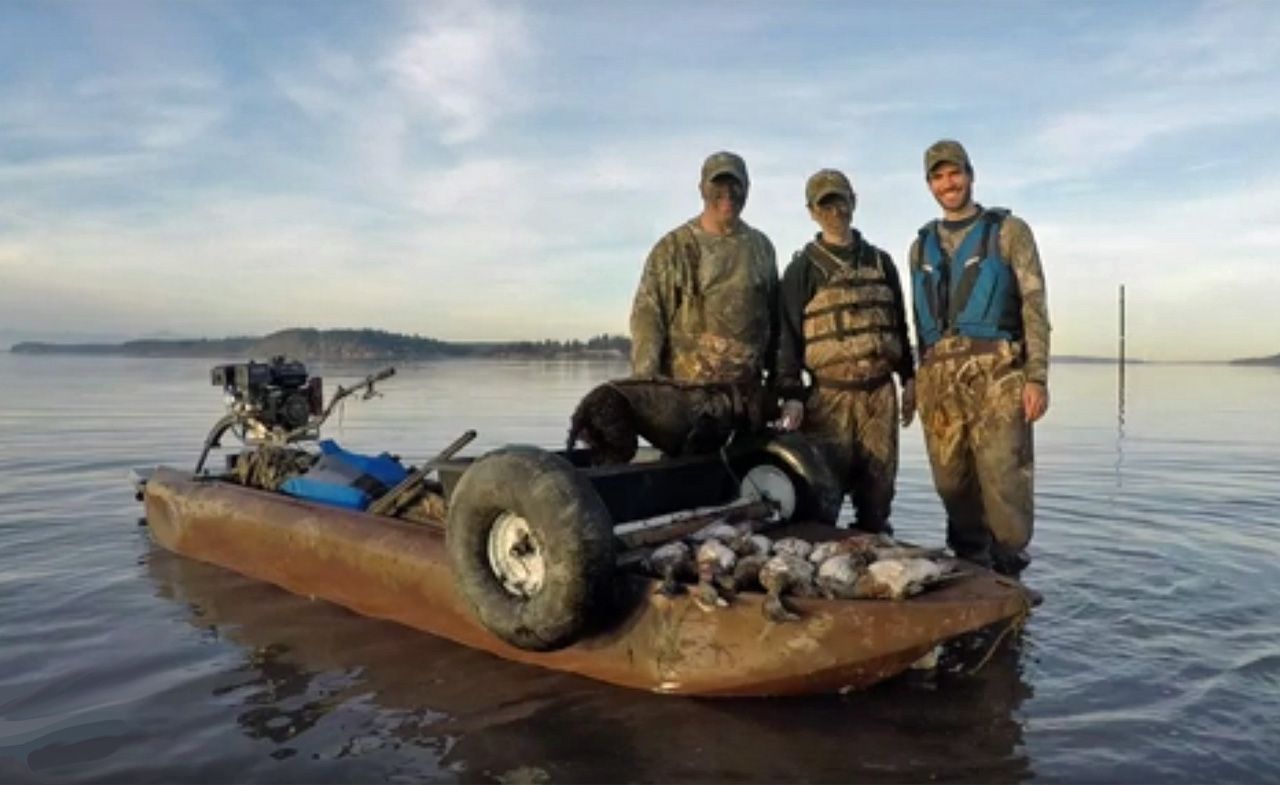
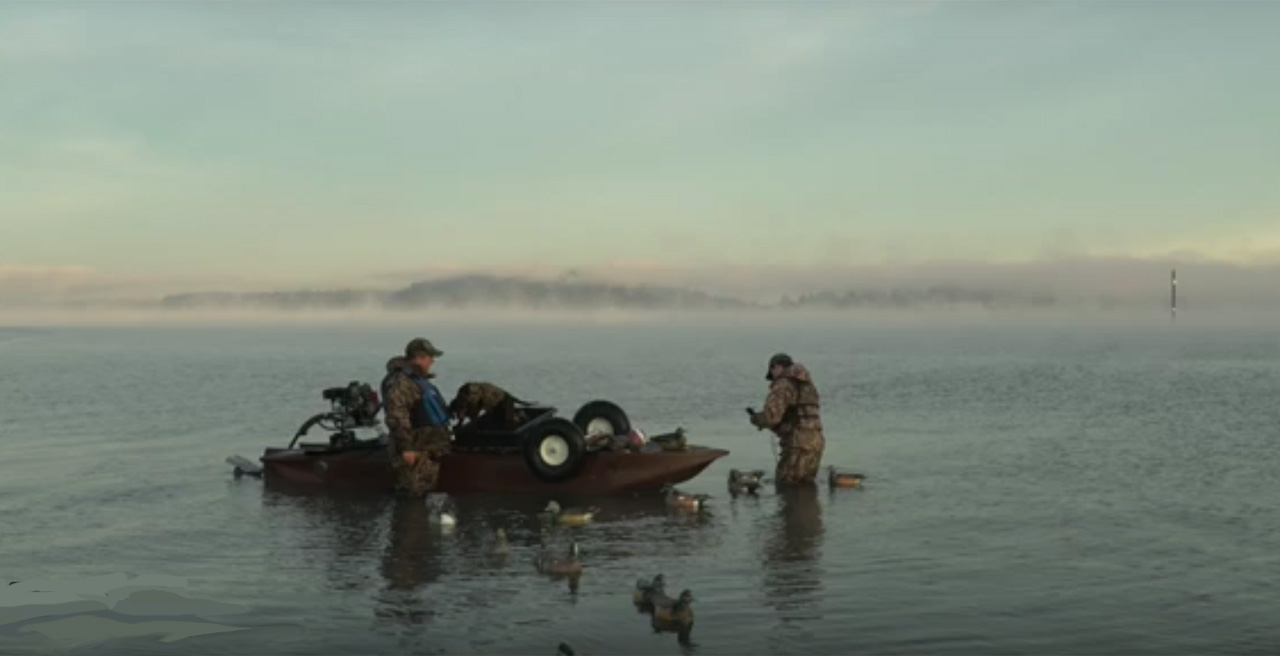
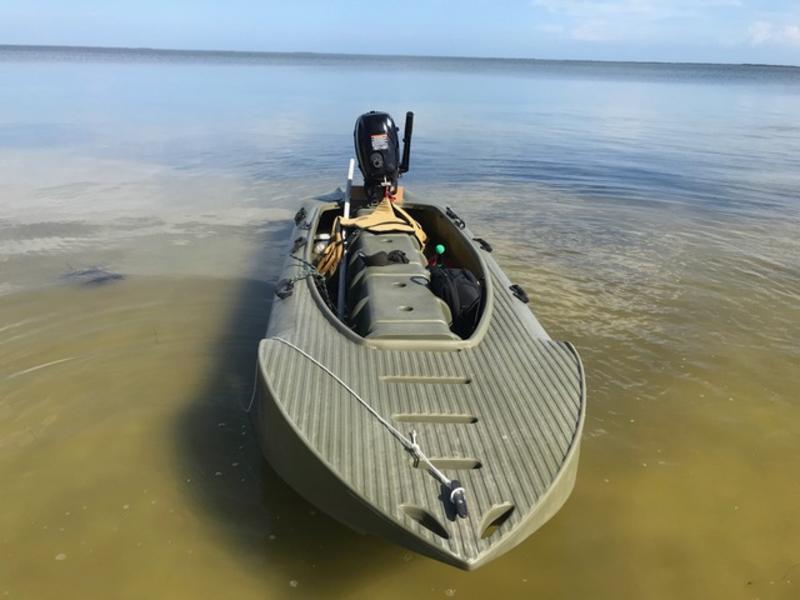
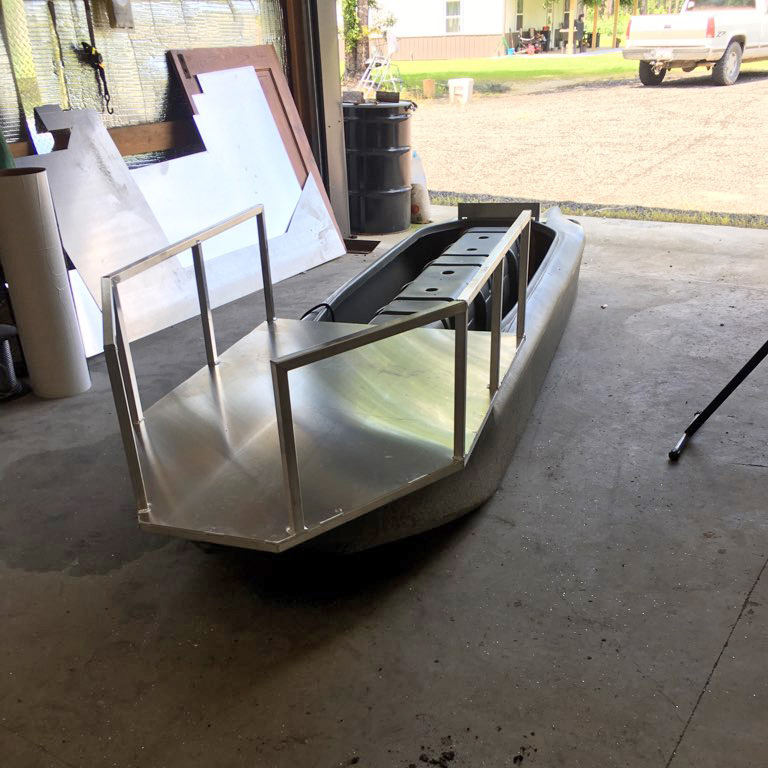
The Internet domain jonboat.us is for sale »
